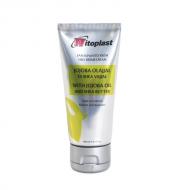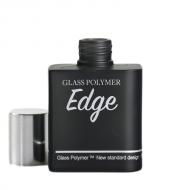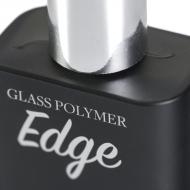Polypropylene
Polypropylene is one of the most often used plastics. The objects made from this material are marked with PP symbol.
Polypropylene belongs to the group of hydrocarbon thermoplastic polymers. It changes its aggregate state (from liquid to solid and the other way round)not changing its chemical properties.
In industry, the isotactic form of PP which is more rigid, better to process and more resistant to bending and tearing in comparison to the polyethylene is used the most often. Unfortunately, it is also more expensive and has lower chemical resistance than polyethylene.
The first production of isotactic PP was launched in 1957 in Italy.
Polypropylene is characterized by high chemical resistance, it is almost entirely resistant to acids, bases, sals and organic solvents. It is permeable to air, it is physiologically neutral and easy to process (up to 270°C). PP is a burnable, colourless, odourless and resistant to water material.
The disadvantages of polypropylene and its composites are e.g. too low temperature of usage (−5 to +100 °C) and low resistance to oxygen and UV radiation (it results in the necessity to use anti-oxidants and stabilizers).
PP is broadly used in the following industries: chemical, pharmaceutical, textile, electrotechnical, motor, building, furniture and food. Toys, household appliances and different types of packaging are also made of it.











